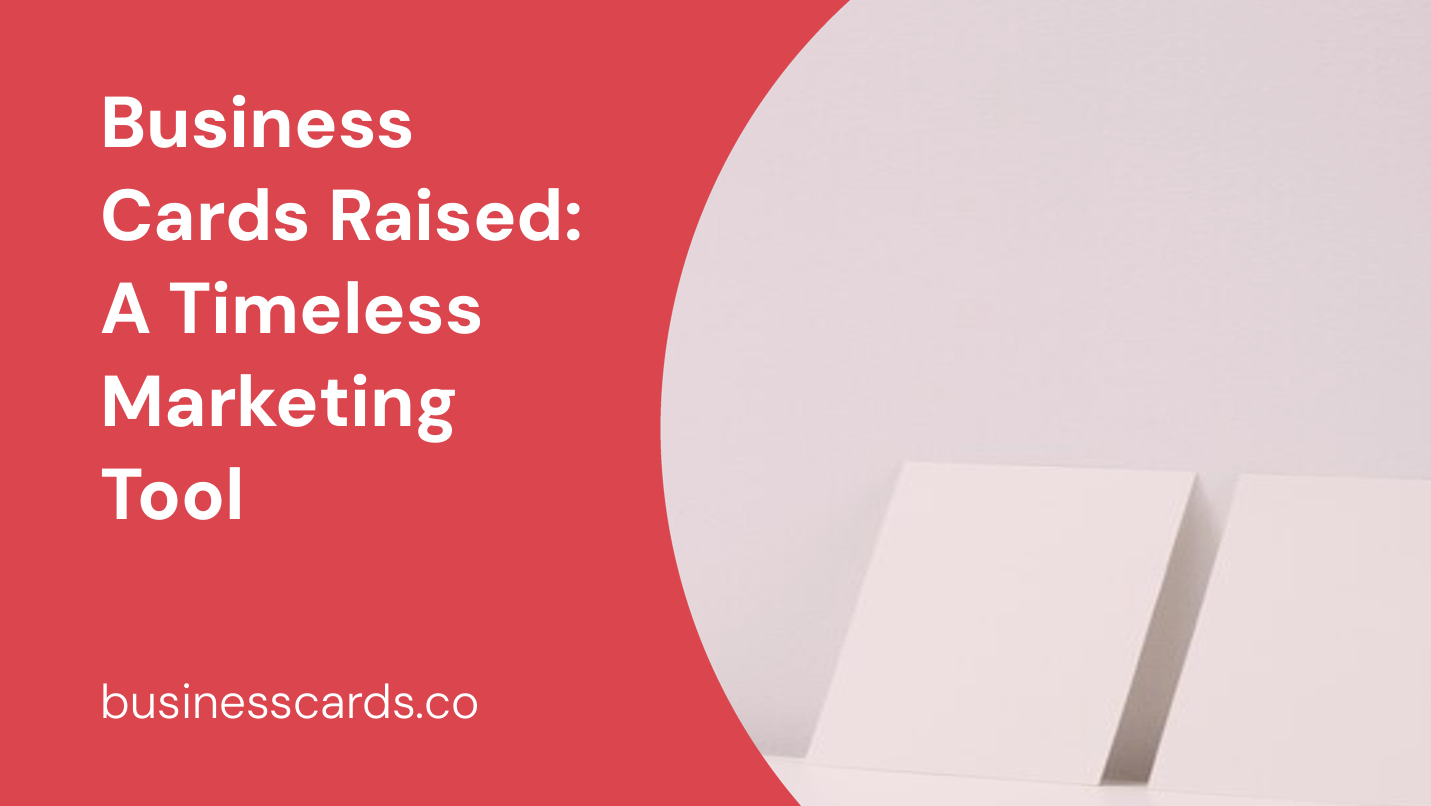
In our digital age, where networking often happens on platforms like LinkedIn and through email, it’s easy to question the relevance of traditional marketing tools like business cards. However, business cards have been around for centuries and continue to hold their own in the professional world. In fact, the practice of presenting business cards in a raised manner adds a touch of sophistication and elegance that can make a lasting impression on potential clients and business partners. In this article, we will explore the importance of business cards, their history, and why raising them can elevate their impact.
The Power of Business Cards
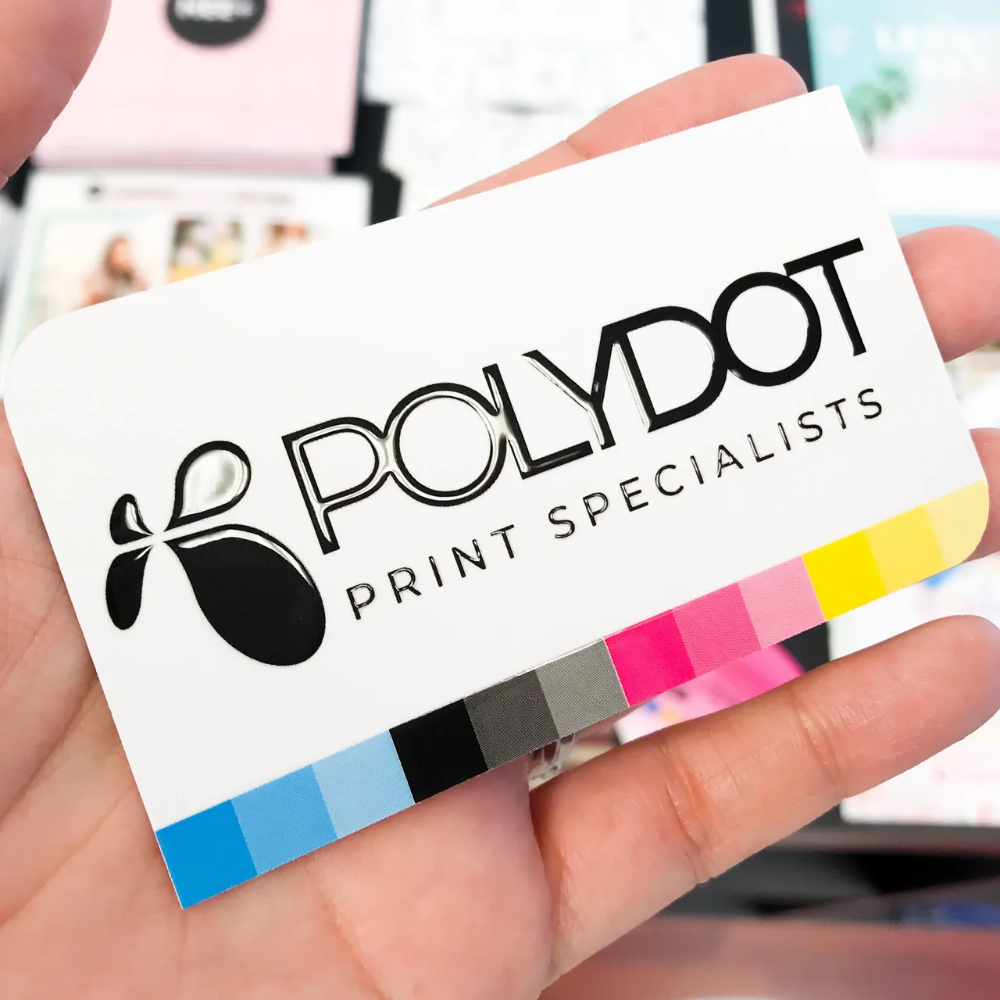
Business cards serve as tangible representations of your professional identity. When attending conferences, meetings, or networking events, they offer a convenient way to share your contact information, making it easier for others to reach out to you. Despite the rise of digital communication, a well-designed business card still holds a certain charm and demonstrates a level of professionalism.
Business cards provide key information about your identity, including your name, job title, company, and contact details. Since they can be easily carried in a wallet or pocket, they remain accessible at all times. By exchanging business cards, professionals establish a connection that goes beyond a simple interaction. When someone receives your card, it demonstrates your willingness to establish a deeper relationship and facilitate future communication.
A Brief History of Business Cards
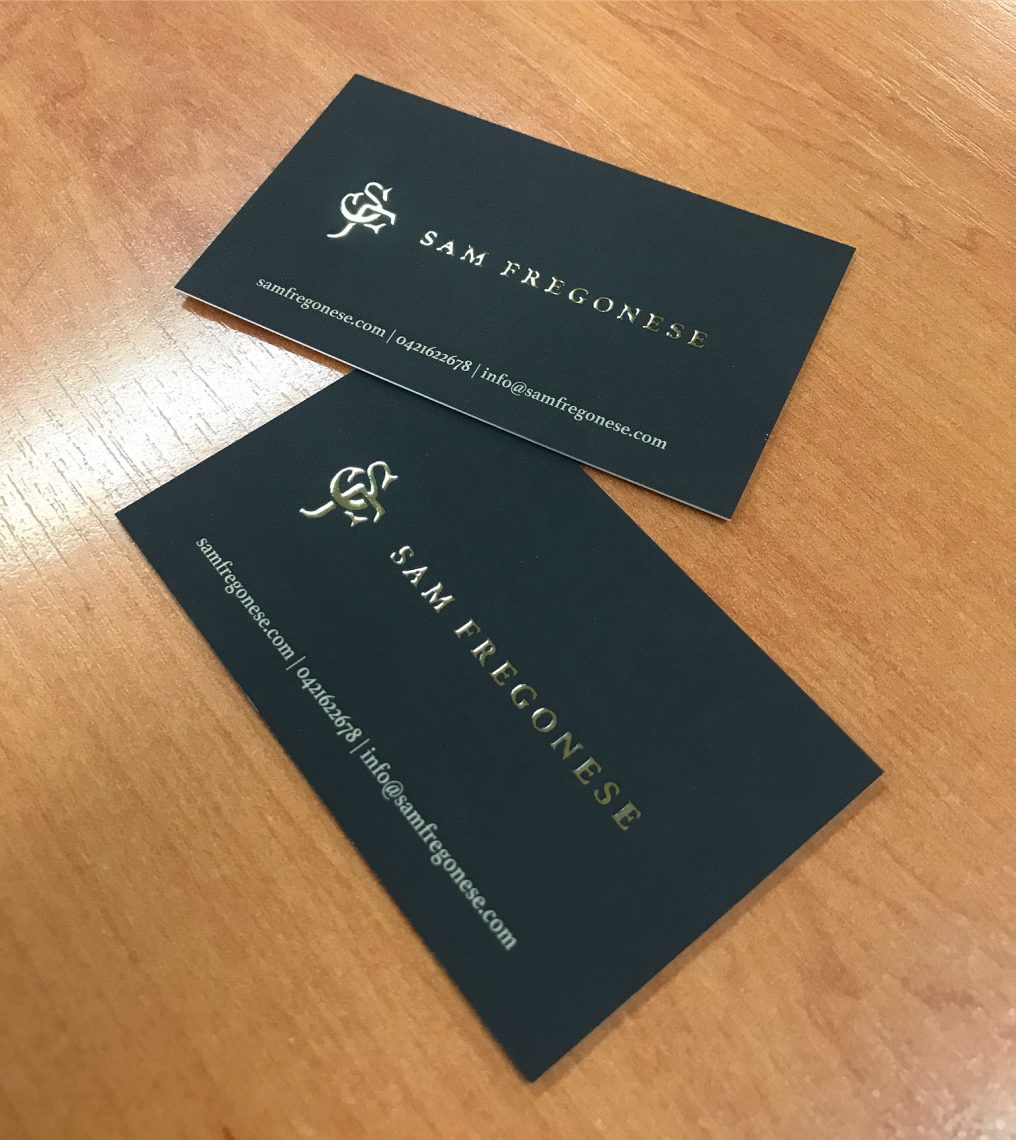
While business cards may seem like a modern invention, their origins can be traced back to the 17th century in 17th-century Europe. These early versions were known as “visiting cards” and were primarily used by the elite to announce their arrival at someone’s home. These cards showcased a person’s social standing and were often adorned with elaborate designs and personal crests.
The tradition of exchanging visiting cards eventually transitioned into a more formal business practice, particularly in the 19th century. As industrialization increased, business cards became essential tools for professionals to promote their services and establish connections.
Raising the Bar with Raised Business Cards
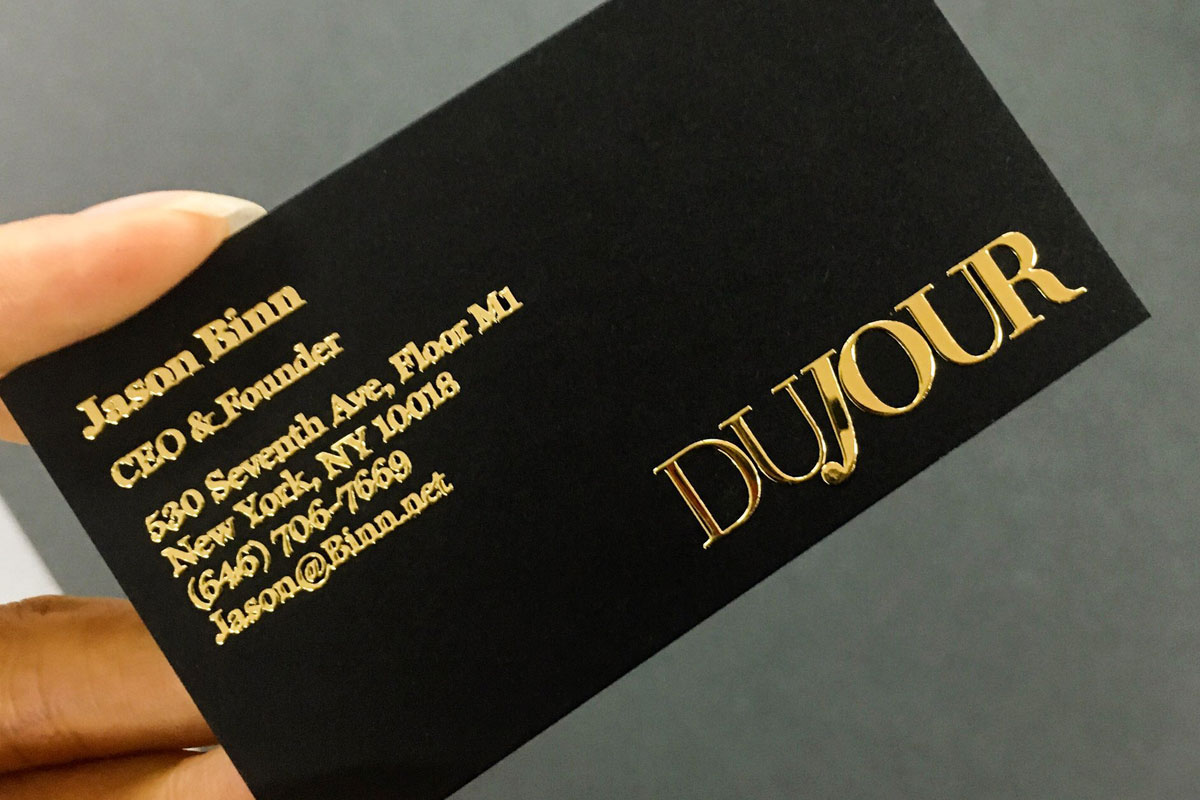
Today, many individuals opt to print their business cards with a raised effect, adding a touch of elegance and sophistication. The raised portion is typically achieved through a technique called thermography, which involves applying a special powder to wet ink and then heating it to create a raised texture.
Why go through the trouble of raising business cards? For starters, it creates a tactile experience that digital communication cannot replicate. When a potential client or business partner receives a raised card, they engage multiple senses as they run their fingers over the textured surface. This sensory experience adds a level of intrigue and sophistication that immediately sets the card apart from its flat counterparts.
Elevating Your Brand with Raised Business Cards
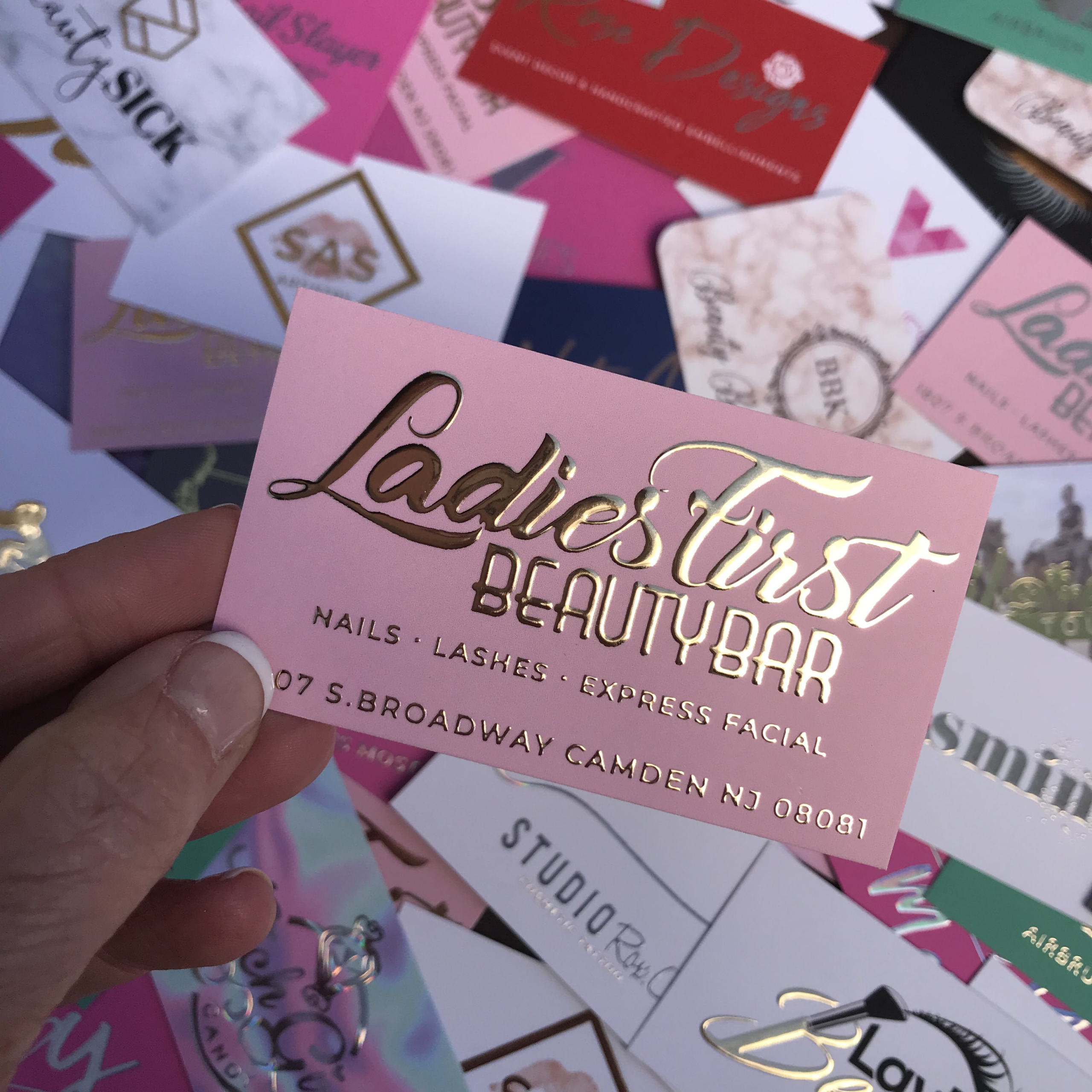
The raised effect on business cards is not just aesthetically pleasing, but it also conveys a sense of professionalism and attention to detail. By raising certain elements on your card, such as your company logo or contact information, you draw attention to the most important aspects of your brand. This helps recipients quickly identify and remember key information about you and your business.
Furthermore, raised business cards exude a sense of quality. When people touch and feel the textured surface, it sends a subconscious message that you have invested time and effort into creating a lasting impression. This attention to detail can give your brand a competitive edge in a crowded market.
Design Tips for Raised Business Cards
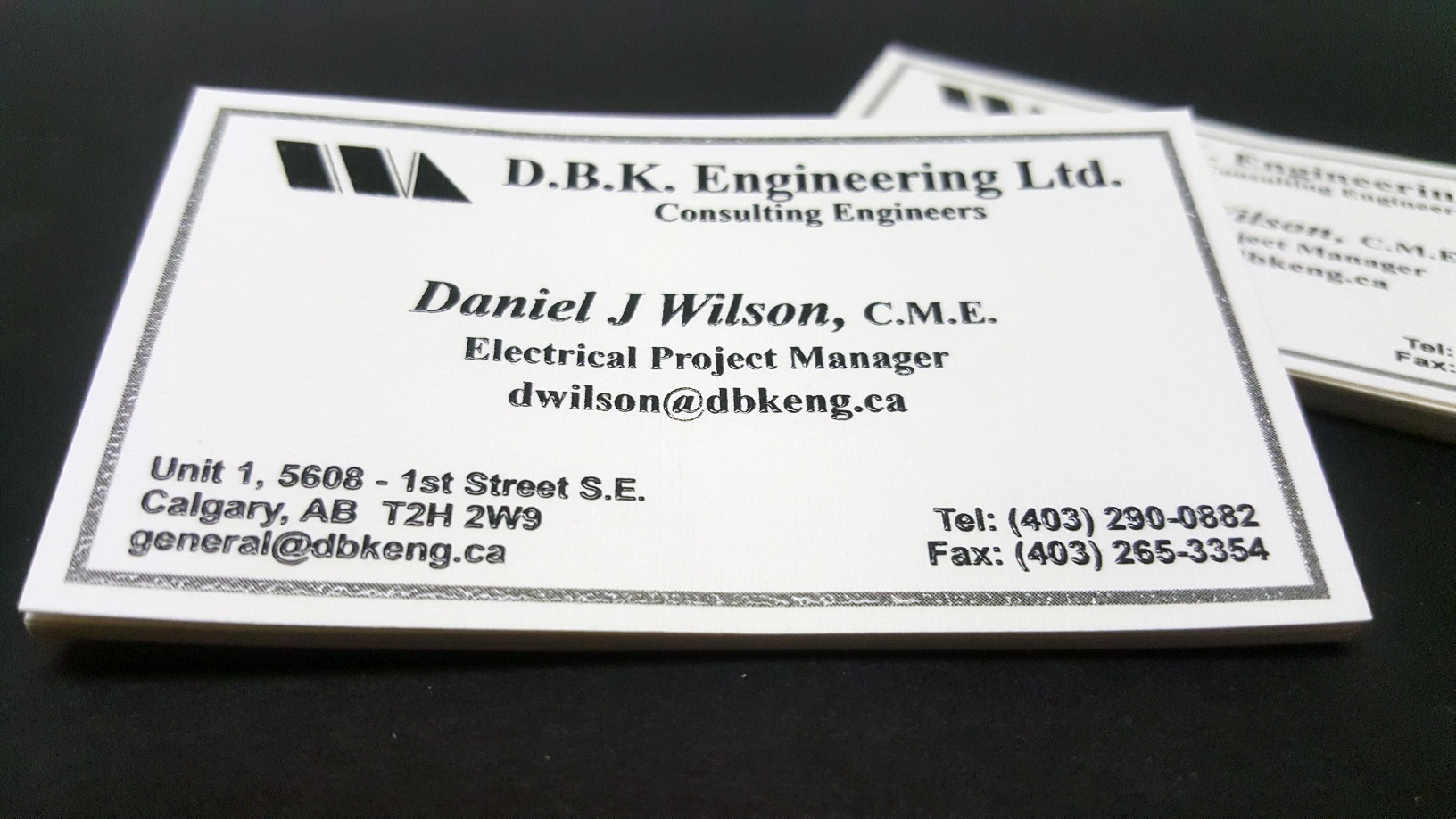
Creating a visually appealing and effective raised business card requires careful consideration. Here are a few design tips to keep in mind:
- Choose the right paper: Opt for thick, high-quality paper stock that can withstand the raised effect without warping or tearing. This ensures durability and enhances the overall aesthetic.
- Selective raising: Highlight specific elements on your card that you want to draw attention to. Raised text or graphics can create a visually appealing contrast against the rest of the design, making them stand out.
- Subtle color choices: When using raised printing, it’s best to stick to a simple color palette to maintain a clean and elegant look. Subtle shades and metallic colors work well with the raised effect.
- Balanced design: Ensure that your card’s design is visually appealing and well-balanced. Avoid overcrowding the card with too much information. Leave enough white space to allow the raised elements to shine.
- Readable fonts: Choose fonts that are clear and easy to read. Avoid overly decorative or elaborate fonts, as they may diminish legibility when combined with the raised effect.
Conclusion
While digital communication continues to shape the way we connect with others, the value of physical business cards remains unchanged. Their tangible nature fosters a more personal and memorable connection. By opting for raised business cards, you add sophistication, tactile appeal, and a touch of professionalism to your personal branding efforts. As you venture out into the world of networking and business relationships, consider investing in this timeless marketing tool. From the 17th-century elites to the modern professional, business cards have stood the test of time, and raising them takes your networking game to the next level.
Ethan is a branding enthusiast and a master of storytelling. With a background in advertising, he leverages his expertise to explore the art of graphic design and its impact on business. In his free time, Ethan enjoys photography and capturing the world’s visual intricacies.